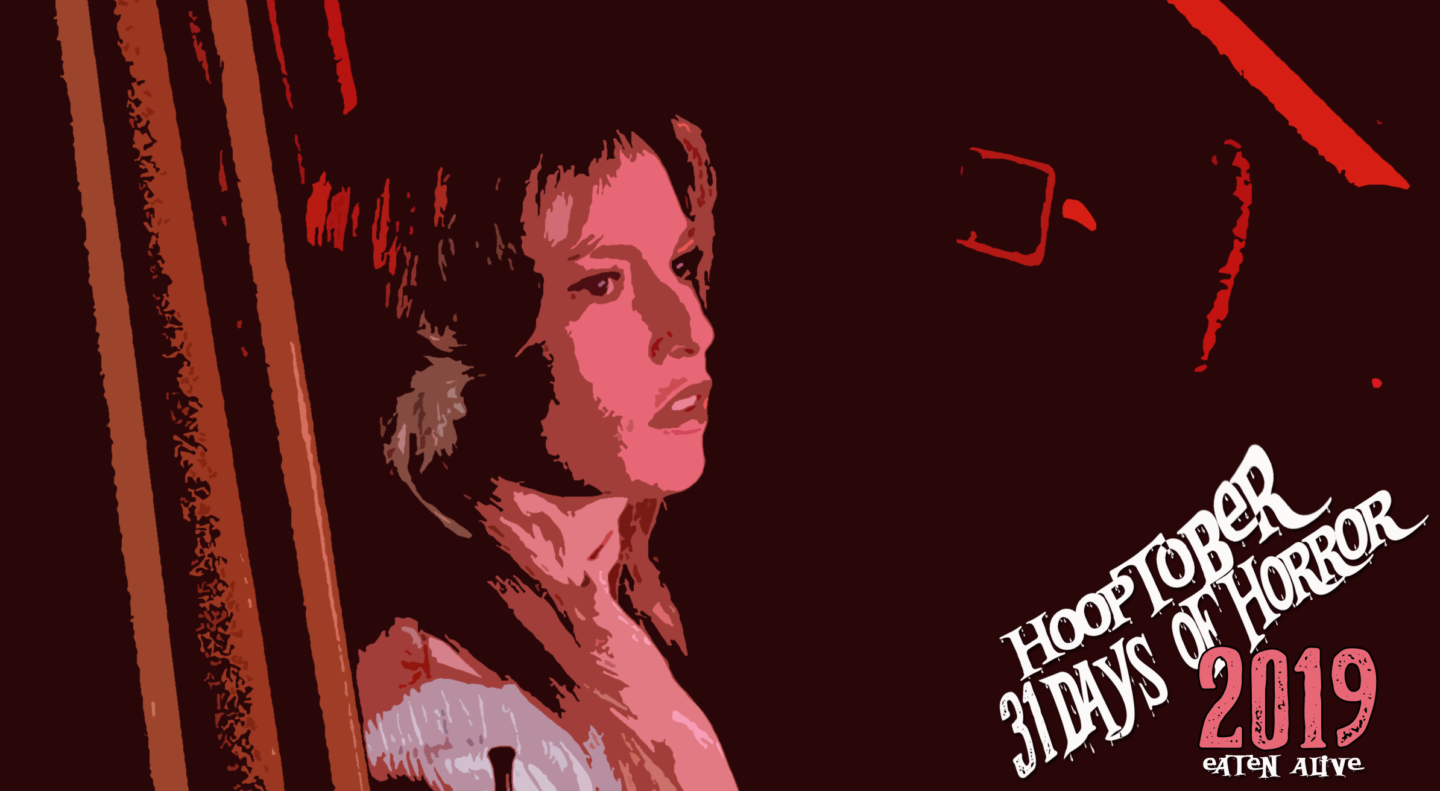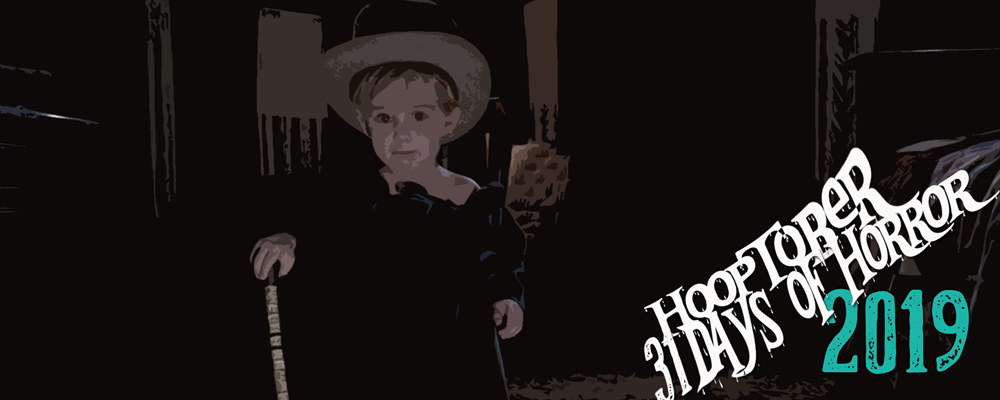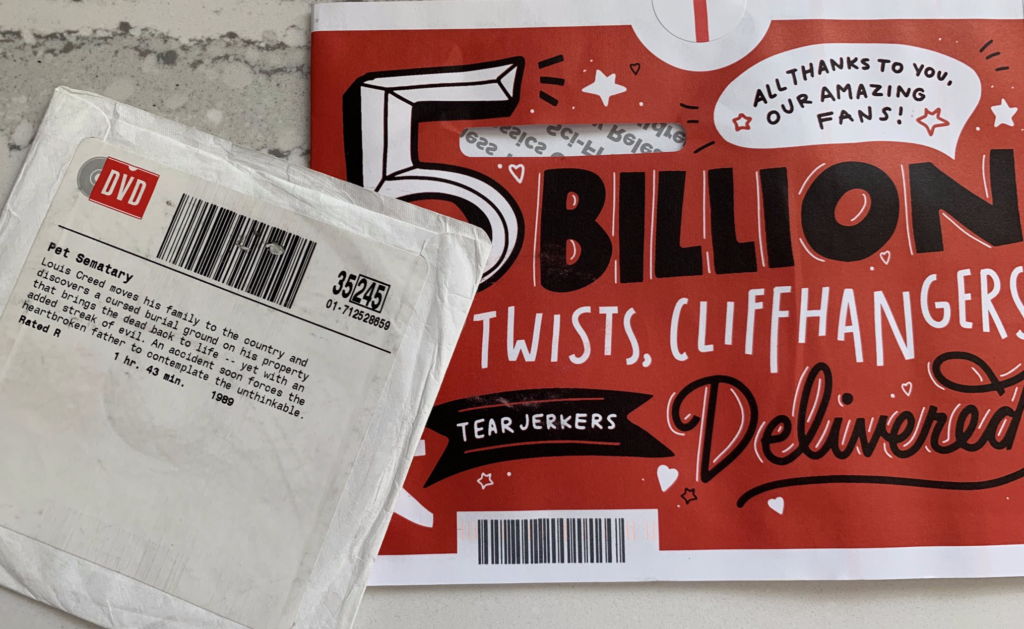Let’s get make one thing clear, though. Martin Scorsese shouldn’t have to defend his suggestion that contemporary superhero movies aren’t “art.” (They’re not. They’re entertainment.) The attacks on his status as a supposed senile guardian of cinema is patently absurd. He’s one of the greatest filmmakers in the history of cinema and one of the art form’s most sincere champions. But that doesn’t mean he wants to influence *your* taste in movies. He wants to make a point about how far the business has strayed.
If you want a picture of where we are as a cinematic (content?) culture, read Martin Scorsese’s Opinion in the New York Times and the longer form analysis in Ben Fritz’s The Big Picture, which is equal parts hopeful and horrifying. Fritz uses the Sony email hack to take a peek behind the contemporary Hollywood decision-making process — which has more to do with potential profits from China and mass merchandising than it does with making good movies.

In highlighting the decline of the mid-budget movie in Hollywood, Ben Fritz stopped short of making one point that I thought was staring us in the face the whole time. Fritz described the failure of Sony’s mid-budget star vehicles that contributed to their decline as a profitable film studio. (Most of them starred Will Smith.) He didn’t pass any value judgments, however, and that speaks directly to something Scorsese said in his New York Times Opinion.
And if you’re going to tell me that it’s simply a matter of supply and demand and giving the people what they want, I’m going to disagree. It’s a chicken-and-egg issue. If people are given only one kind of thing and endlessly sold only one kind of thing, of course they’re going to want more of that one kind of thing.
Audiences miss the boat on certain movies. They always have. Whether it’s poor marketing, poor release timing, poor titles — quality has never equalled box office performance. That said, I believe recent audiences have been conditioned by the decided lack of quality in these mid-budget studio offerings. Excellent mid-budget slickly-produced entertainment like Edge of Tomorrow (2014) and The Man from U.N.C.L.E (2016) failed to find their deserving audiences, but can you blame audiences from being wary of buying a ticket for After Earth (2013)? Consider the kinds of movies we were watching at the box office 30 years ago and ask yourself if these would ever get made today.

I don’t believe it’s a coincidence that as Hollywood has further distanced itself from a system of centralized artistic control — the producer or the director — it’s failed to deliver a consistent mid-budget product. Ben Fritz paints a picture of a system catering to the whims of its ego-driven stars rather than the filmmakers themselves. Fritz’s list of failures — with only a few exceptions — consists of objectively bad movies. It represents an industry that’s so afraid of short term losses it refuses to cede control to anyone but its biggest stars — as if Adam Sandler or Will Smith would carry the torch to a brighter future.
Between studio risk aversion and a crippling stream of abysmal star vehicles, fewer mid-budget movies were produced. The ones that did see the light of day drove the existing audience to TV and Netflix and Amazon Prime where they could find content driven by the kind of creative vision that once fueled a large portion of mainstream cinema. It’s an anti-communal version of the cinema Scorsese’s recalling with fondness and pure nostalgia. So when Martin Scorsese says he’s filled with “terrible sadness” about the state of our modern moviegoing culture, he’s not just posturing as a holier-than-thou artist. He’s looking back on his midnight trip to see Psycho and recognizing that that experience may have become extinct.

Scorsese goes out of his way to say Marvel movies just aren’t for him. Martin Scorsese also wants you to know that there’s other beautiful, imaginative, engaging cinema out there that has nothing to do with men in tights and/or capes — and those movies are in danger of disappearing from the mainstream entirely. That’s the crisis here — not that one of our greatest filmmakers doesn’t care about Captain America.
I just needed to get that off my chest.



 Nature of Shame:
Nature of Shame:






 Nature of Shame:
Nature of Shame:





